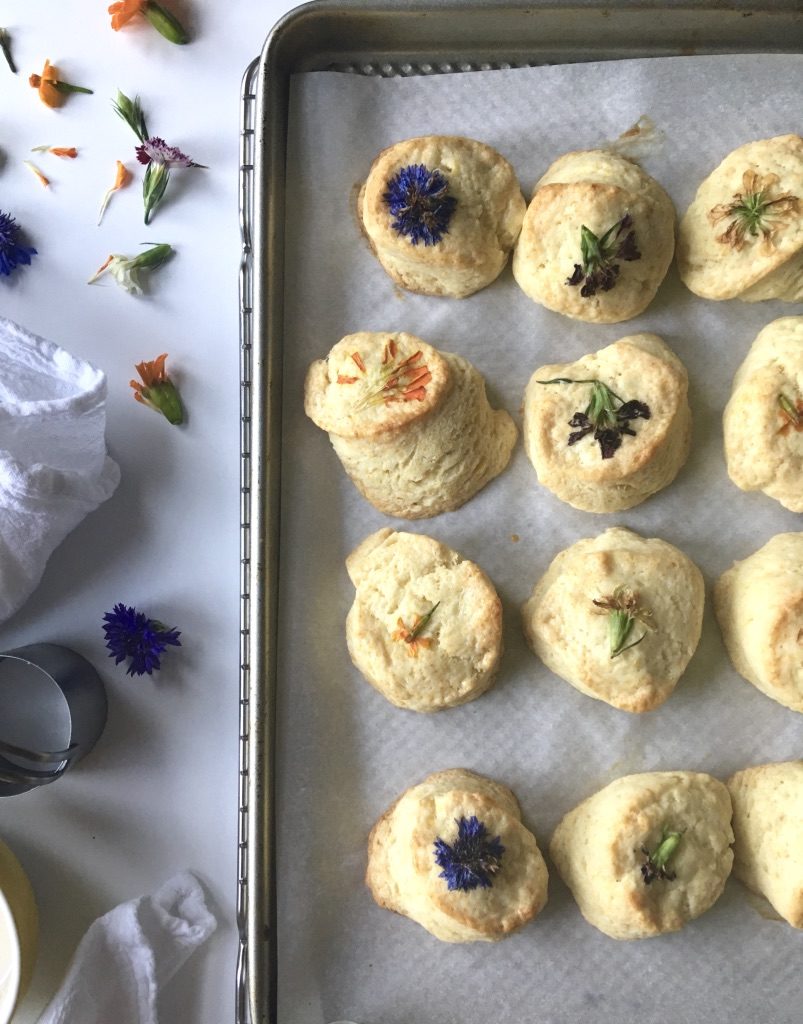Lemon Cream Scones with Edible Flowers
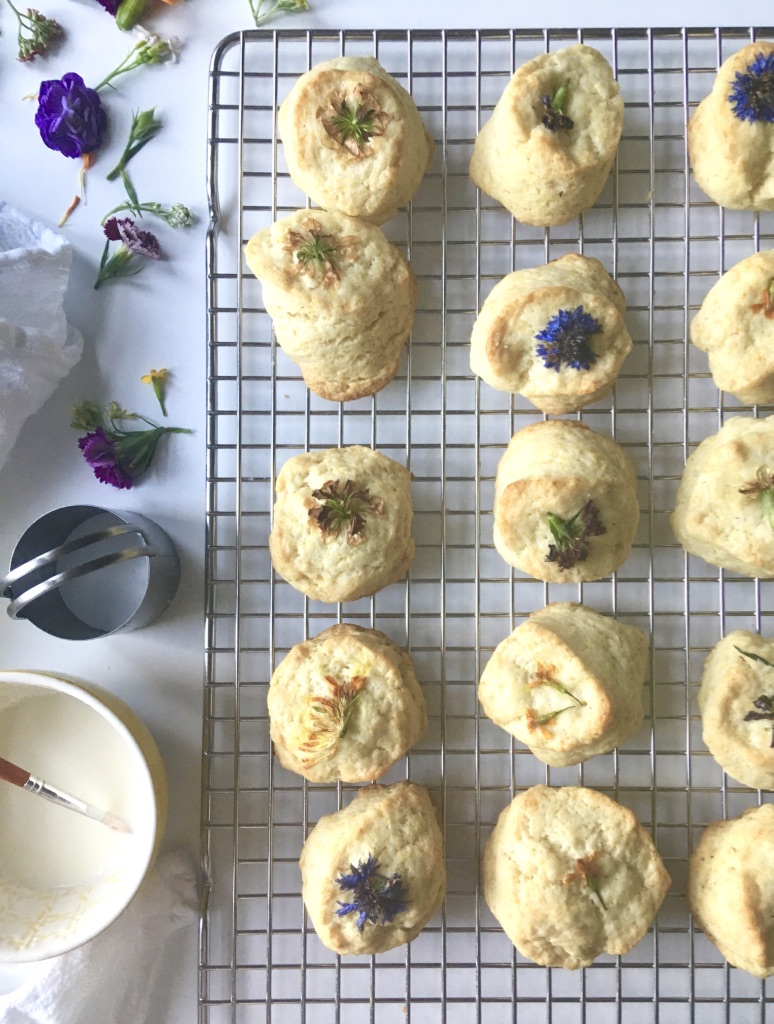
A few weeks ago, I brought some strawberry-rhubarb scones into the office, where they were quickly devoured. One grateful colleague told me, with some astonishment, that he had not realized that scones could be so “light.” (He was referring to the texture, rather than the calorie count, obviously.) At first, I was surprised by his surprise. But I quickly realized that, like so many people, his knowledge of scones was based almost entirely on the leaden examples that are sold in so many coffeehouses and supermarkets. You know the ones I mean: they’re dense, heavy, achingly sweet, and often made even more sweet by an unnecessary drizzle of icing. These “scones” give traditional scones–real scones–a bad name.
Good scones–real scones–have little in common with the coffeehouse hockey pucks. The ones that produced my colleague’s amazement were based on this recipe from The Brick Kitchen, which uses grated frozen butter and has almost a laminated dough. It’s one of my current obsessions.
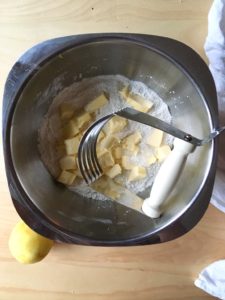
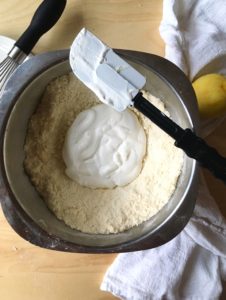
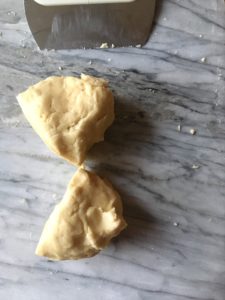
However, the scones dearest to my heart are the “Rich and Creamy Ginger Scones” from The Bread Bible, by Rose Levy Beranbaum. Their secret is whipped cream, which makes the scones rich and light at the same time. Until now, I’ve never tried to adapt that recipe. Their delicate ginger flavor has always seemed sort of sacrosanct.
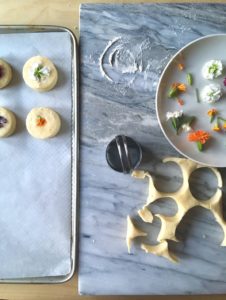
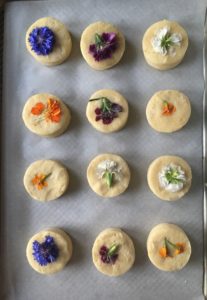
Then, last week, Little Wild Things Farm–one of the very few suppliers of edible flowers in DC–had a pop-up stand at the Dupont Circle Farmers’ Market, and I’ve been on a quest to find ways to use the lovely blossoms I acquired there. The idea of scones popped into my head, and I thought of The Bread Bible recipe. I worried, though, that the ginger might compete with the flowers too much. So, for the first time, I took the plunge and modified the recipe, flavoring the scones just with a bit of lemon zest. The result–these lemon cream scones–was lovely to look at and eat.

Lemon Cream Scones with Edible Flowers
Adapted from The Bread Bible, by Rose Levy Beranbaum.
Ingredients
- 12 tbsp / 170 g unsalted butter, cold
- 3/4 cup / 174 g heavy cream
- 2 cups / 284 g unbleached, all-purpose flour
- 1/3 cup / 66 g granulated sugar
- 1 tbsp / 15 g baking powder
- 1/8 tsp salt
- 1 tsp grated lemon zest
To finish:
- 2 tsp heavy cream
- edible flowers or petals
Instructions
-
Cut the butter into 3/4 inch cubes and refrigerate for at least 30 minutes. Whip the cream until soft peaks form when the beater is lifted; cover and place in the refrigerator.
-
Place a baking stone or large baking sheet on a rack in the middle of the oven. Preheat the oven to 400 F. Line a second, smaller baking sheet with parchment paper.
-
In a large bowl, whisk together the flour, sugar, baking powder, salt, and lemon zest. Add the chilled butter cubes and cut the butter in with a pastry blender, or rub in with your fingers, until the mixture resembles fine meal. Make a well in the center and add the whipped cream.
-
Using a rubber spatula or wooden spoon, fold in the whipped cream. Then knead the dough in the bowl until it just comes together.
-
Turn the dough onto a very lightly floured surface and knead about eight times, until it can be shaped into a smooth ball.
-
Cut the dough in half, and press each half into a rectangle of approximately 5 inches by 7 inches. Wrap each rectangle in plastic wrap and freeze for 20 minutes.
-
Using a 2-inch biscuit cutter, cut six rounds from each dough rectangle. Re-roll the scraps and place back in the freezer. Meanwhile, place the cut-out scones on the parchment lined baking sheet, and press an edible flower or a few petals into the top of each scone. Remove the remaining dough from the freezer, and cut out and decorate 3-4 more scones, placing them on the baking sheet. (If the baking sheet is full, you can place the remaining scones in the refrigerator and bake them later, after the first batch comes out of the oven.) Place the baking sheet in the freezer for five minutes.
-
Remove baking sheet from the freezer and brush the scones lightly with cream, being careful not to disturb the flowers.
-
Bake for 15-20 minutes, until the scones are just starting to brown. Remove from the baking sheet, and allow to cool on a wire rack.
Recipe Notes
- You can use any appropriately sized, mild- or sweet-tasting edible flowers or petals. I blithely assumed that I could just use any of the blossoms included in the mix I purchased, which included, I think, bachelor's buttons and dianthus among others. I later did some research that indicated that only the petals of dianthus are edible. . . . Luckily, no one got sick or complained, but I should have done my research beforehand.
- For the prettiest scones, try to press the dough into rectangles that are evenly thick. When cutting out the scones, push the biscuit-cutter straight down, without twisting.
- The lemon flavor in these scones is very subtle. Feel free to experiment with more lemon zest--or other flavorings like orange zest or almond extract.
